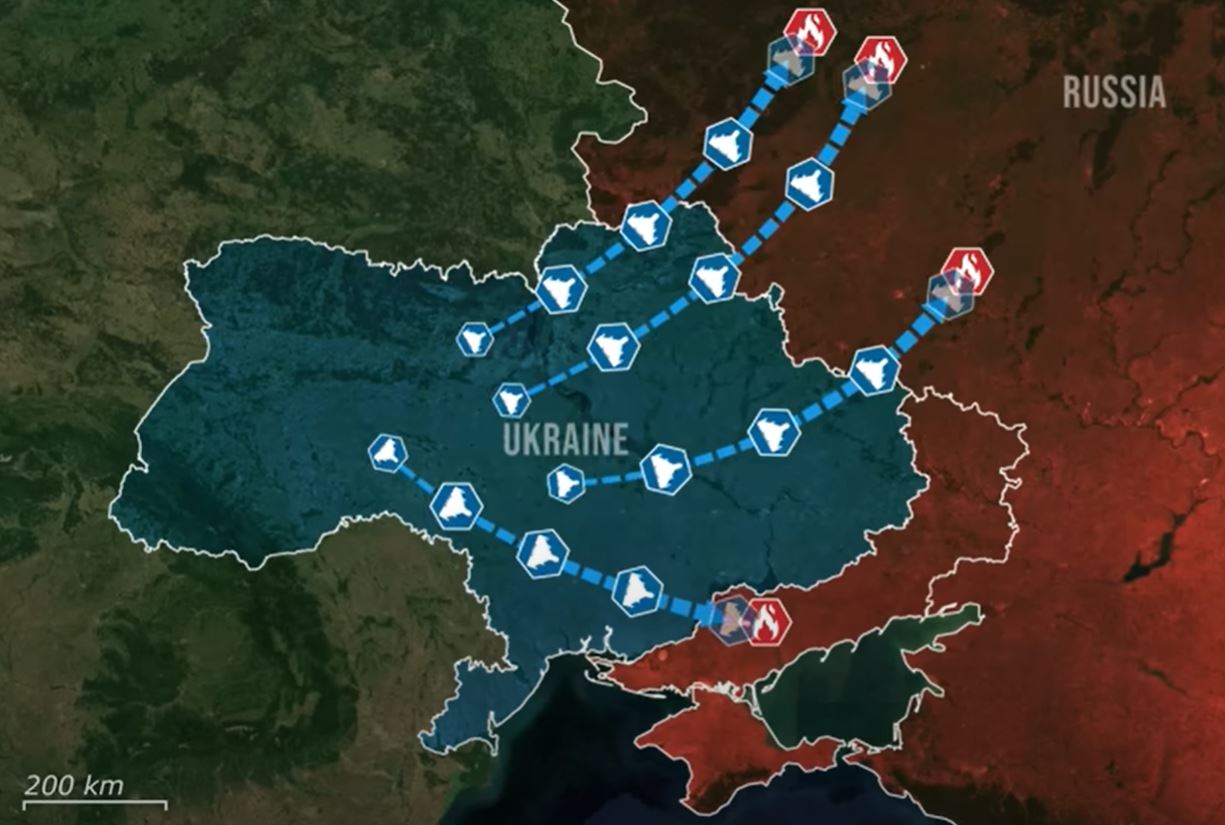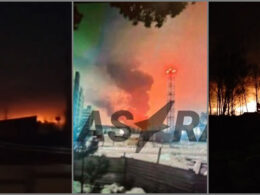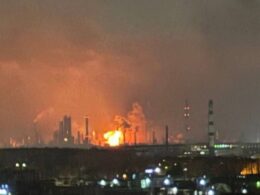22 January 2025. Today, there is interesting recent news from the Russian Federation.
Here, Ukraine has intensified its strategic strike campaign with a massive series of precision drone attacks targeting critical Russian oil infrastructure, igniting massive fires that burnt for days, and showcasing their growing ability to hit deep behind enemy lines.
These strikes not only sabotage Russian war efforts by crippling ground- and air forces’ fuel supplies, but also deal a severe blow to its revenue from oil exports, making sustaining their war effort an increasingly difficult task for the Russians.
Voronezh military fuel depot attack
The first of these devastating strikes targeted the Liski oil depot near Voronezh on 16 and 21 January. This attack is particularly significant because the depot stored fuel specifically for the Russian military. Local officials claimed they intercepted 10 Ukrainian drones, but at least three of them managed to evade Russian air defenses and directly hit multiple fuel storage tanks, setting off a raging fire that continues to burn days later.
Drones target Smolensk aviation plant, trigger oil depot fire in Voronezh Oblast
Despite Russian efforts to shield the depot with security nets designed to prevent drone attacks, they broke through with several drones hitting the same target and bypassing this protection, causing widespread destruction. Reports indicate that Russian emergency services have struggled to contain the inferno due to a lack of fire hydrants near the site, further amplifying the damage while attempting to use water trucks to douse the flames.
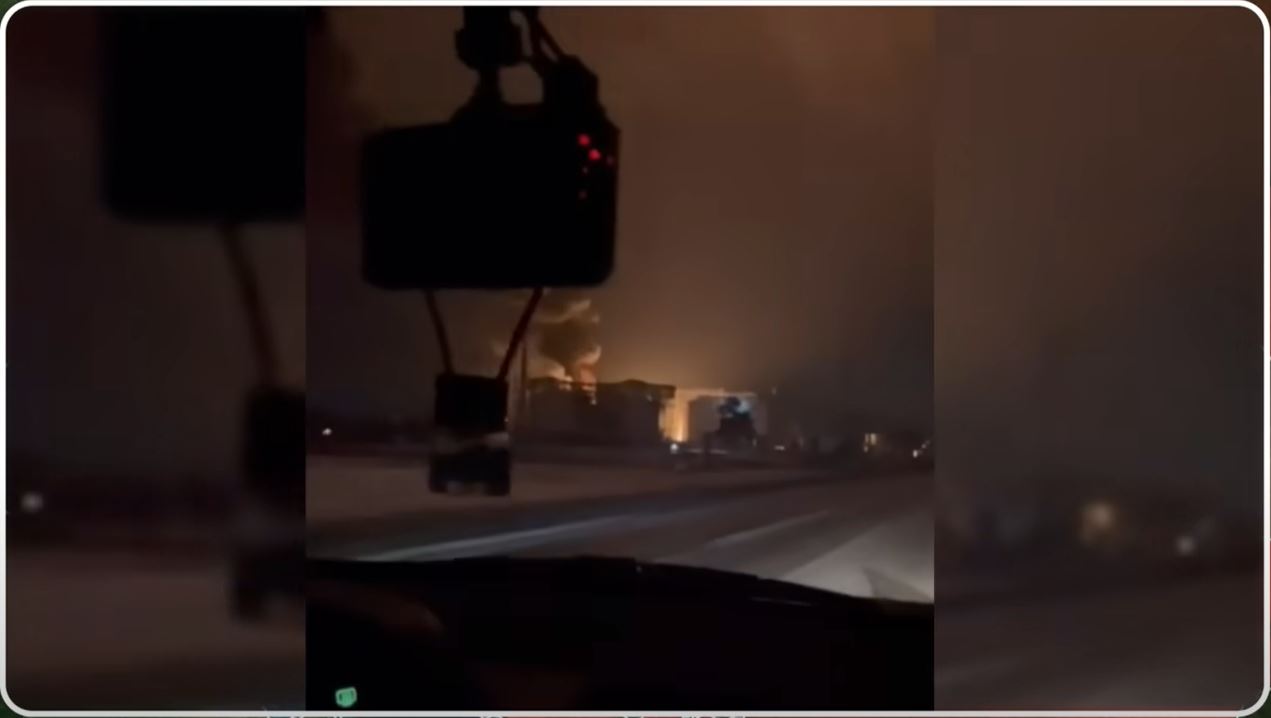
Kaluga Oblast fuel facility strike
With the second strike, Ukrainian drones hit an oil depot and a factory in Lyudinovo, Kaluga Oblast, on 18 January. The targeted facility, part of the Kaluganefetprodukt network, serves as a key logistical hub for Russian forces operating in Ukraine. Ukrainian Special Operations Forces, coordinating with drone units, again managed to inflict severe damage despite Russian anti-drone defenses.
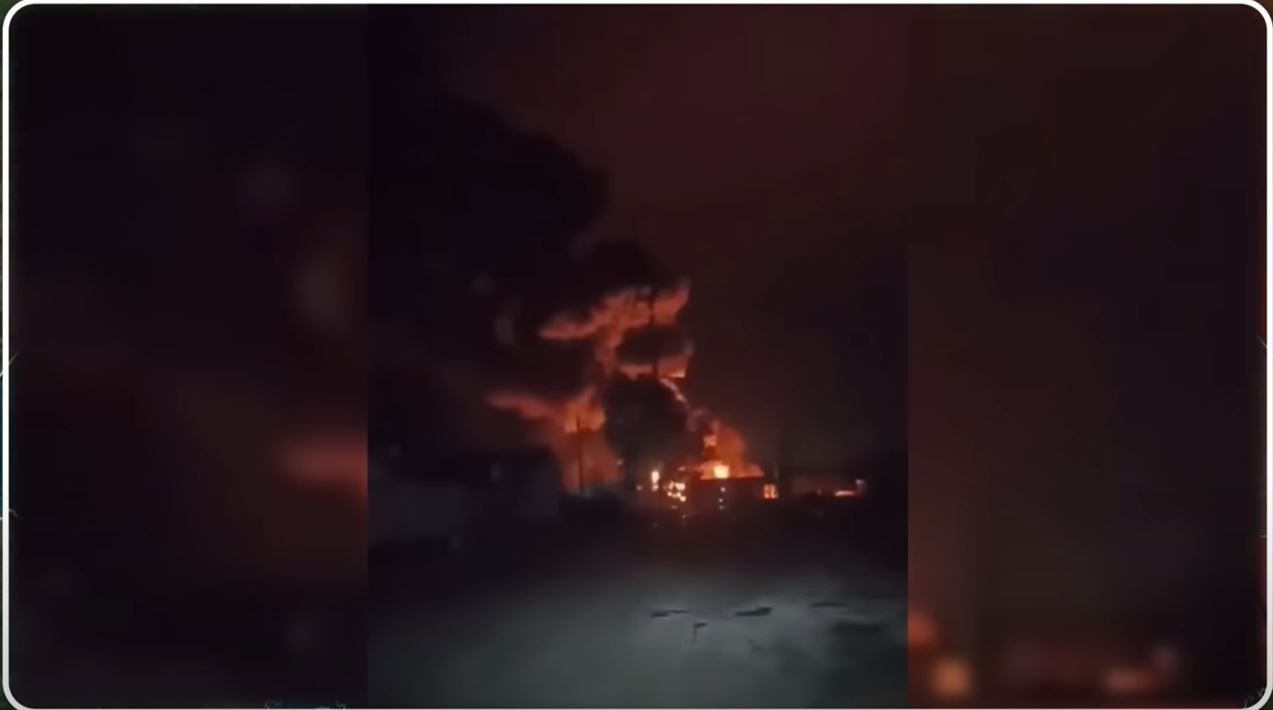
A direct hit on such a facility further depletes Russia’s ability to sustain its frontline units. Fuel depots like these are crucial for keeping supply lines running, and as Ukraine continues to strike them, Russian forces will face increasing difficulties in maintaining their high-tempo attacks as these logistical hubs cease to function without fuel storage capabilities.
Tula Oblast fuel storage strike
The third high-profile strike happened in Tula Oblast, where a large oil depot housing 58 fuel tanks was hit also on 18 January. Footage published by locals indicates that the resulting fire was so massive that it could be seen from kilometers away. The scale of destruction suggests a precision strike on key storage facilities, further draining Russia’s reserves. The loss of such vital supply points means Russian mechanized units will face serious fuel shortages, directly impacting their ability to conduct large-scale offensives. As Ukraine pushes to degrade Russia’s logistical backbone, attacks like these significantly reduce the Russians’ operational tempo.
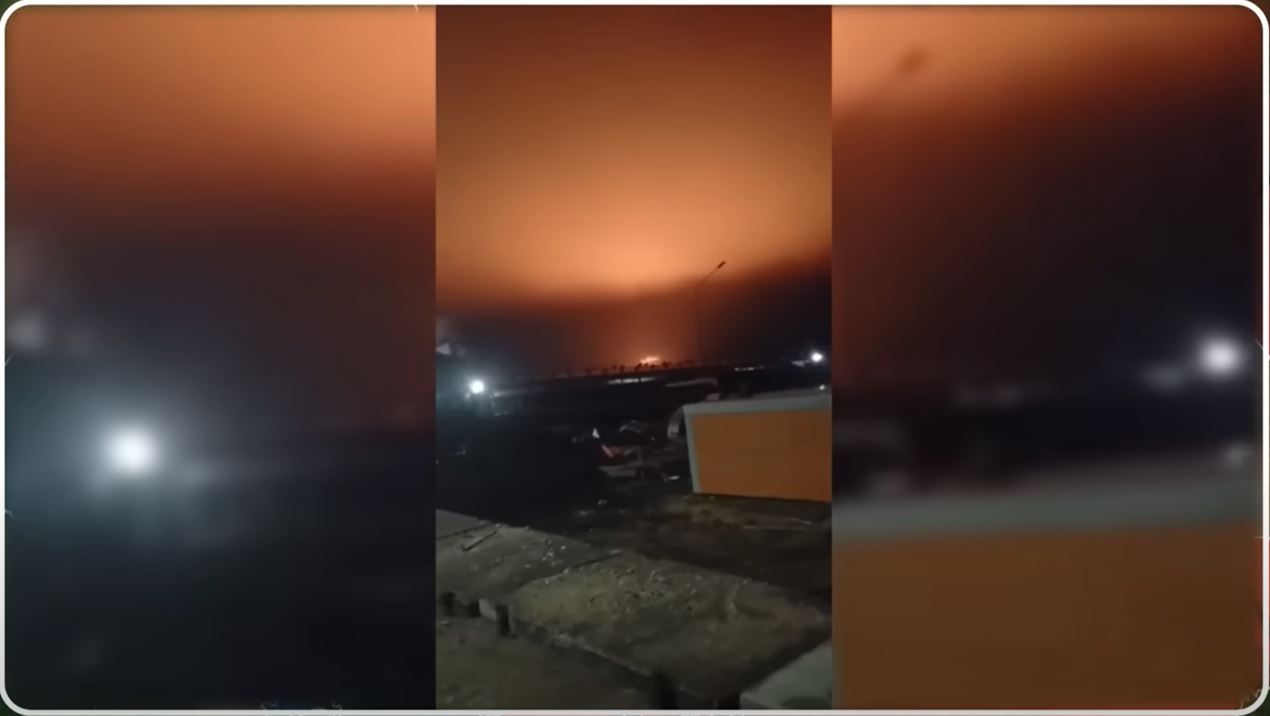
Destruction of rare radar system
Beyond fuel depots, Ukrainian forces also successfully destroyed a Nebo-SVU multifunctional radar system in Kherson Oblast on 18 January. This advanced radar, operated by the 49th Russian Army, was designed to detect and track aerial threats at long distances. Ukrainian drones executed a precise attack, rendering the system completely inoperable, as seen in the published images from the aftermath.
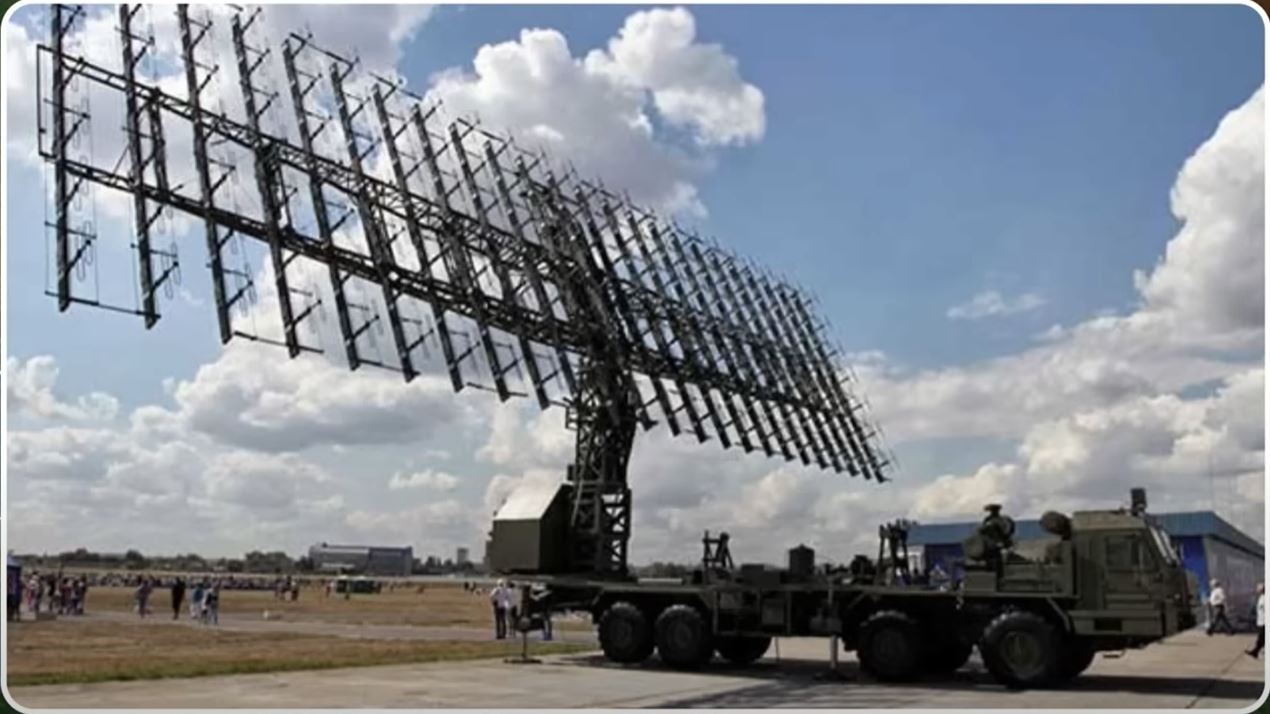
This strike is particularly significant because only 10 Nebo-SVU radars were ever produced, and several have already been destroyed in previous Ukrainian operations. With each lost radar, Russia’s ability to detect and intercept aerial threats weakens, allowing Ukraine to conduct even more devastating deep strikes with clear skies and a reduced risk of interception.
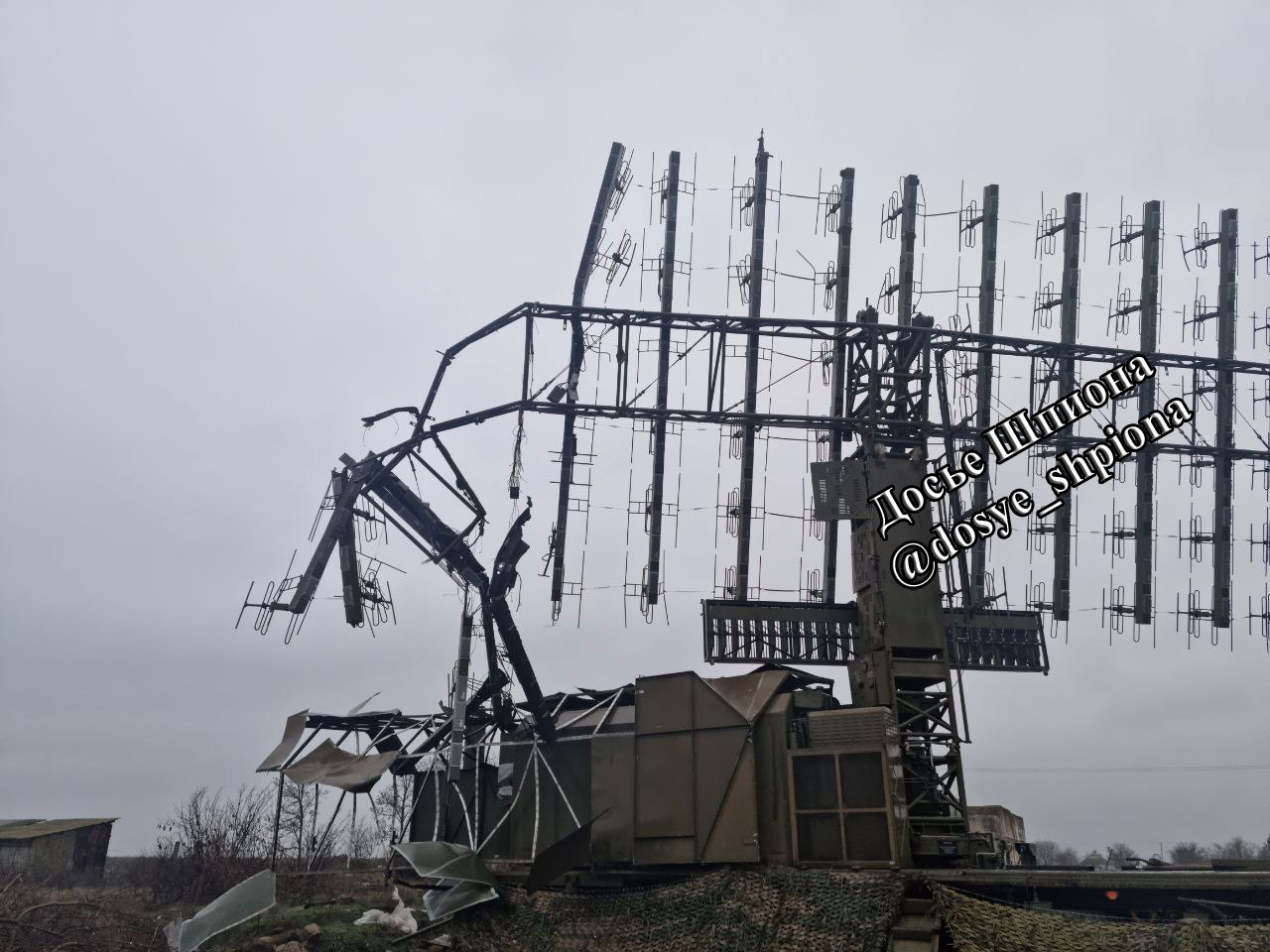
Effects on Russian capabilities and revenue
Overall, Ukraine’s latest wave of strikes underscores the growing effectiveness of its deep-strike capabilities. By systematically targeting Russia’s fuel infrastructure and air defense systems, Ukraine is achieving multiple strategic objectives. Namely, degrading Russian military operations due to fuel shortages, weakening Russia’s revenue streams as oil exports are a crucial source of military funding, and clearing the skies for future strikes while destroying irreplaceable radar systems.
As these strikes continue, Russia faces an increasingly difficult challenge in maintaining both its frontline assaults and its ability to finance the ongoing invasion.
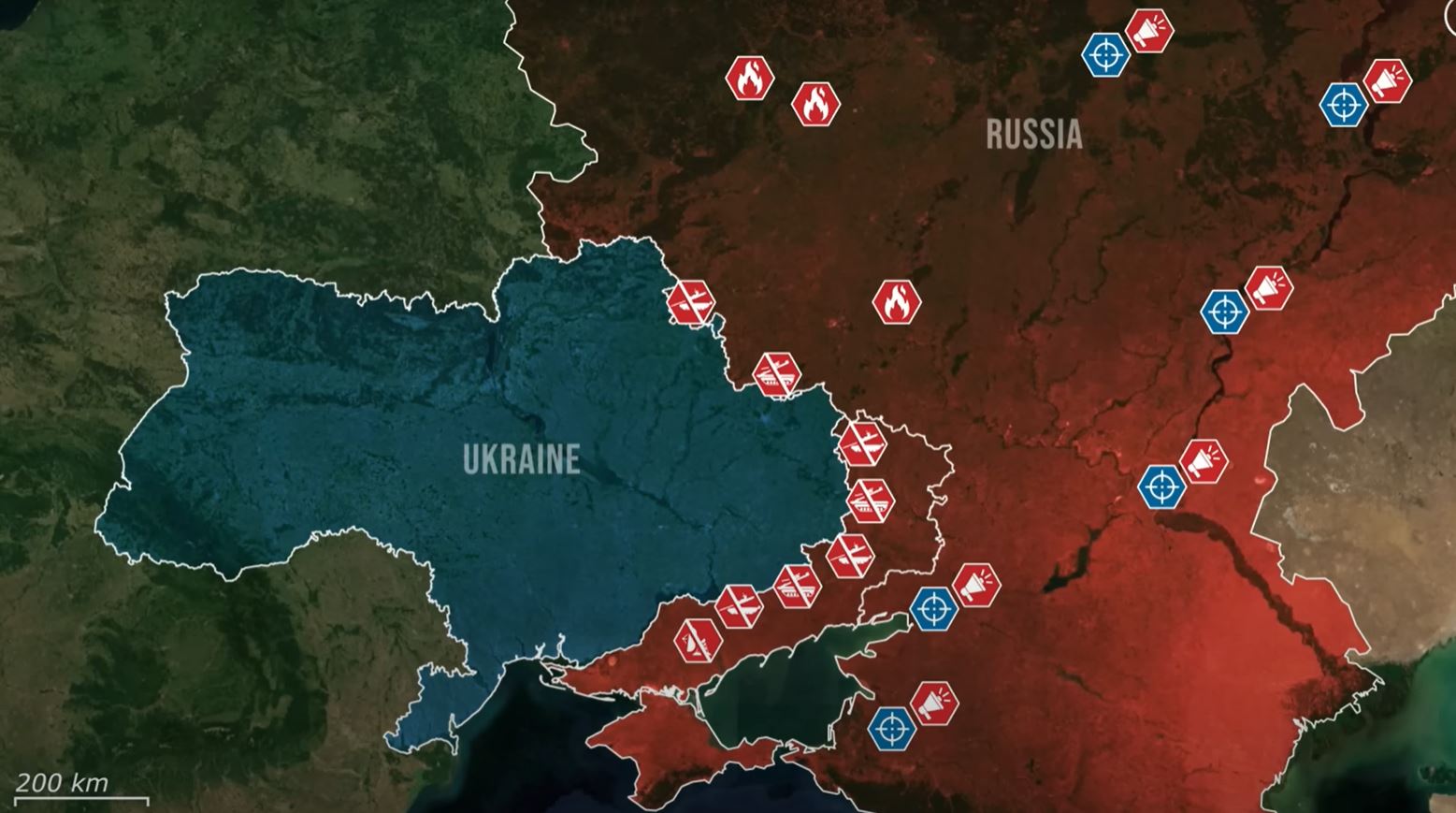
With Russia's monthly fossil fuel export revenues dropping each month, reaching a low point in November last year, with a 21% fall compared to November last year. 2023.
In our regular frontline report, we pair up with the military blogger Reporting from Ukraine to keep you informed about what is happening on the battlefield in the Russo-Ukrainian war.
Related:
- Forbes: Russian bomber support facilities face systematic drone campaign
- Drones target Smolensk aviation plant, trigger oil depot fire in Voronezh Oblast
- Ukraine strikes strategic Russian oil depots in Tula, Kaluga oblasts, fires erupt
- Explosives factory targeted allegedly with ATACMS in Russia’s Bryansk Oblast
- New drone attack hits oil depot in Russia’s Engels (video)
- Ukraine’s largest air assault targets fuel and defense industries in 12 Russian regions
- Oil depot blaze in Russia’s Engels on fifth day after Ukrainian strike

